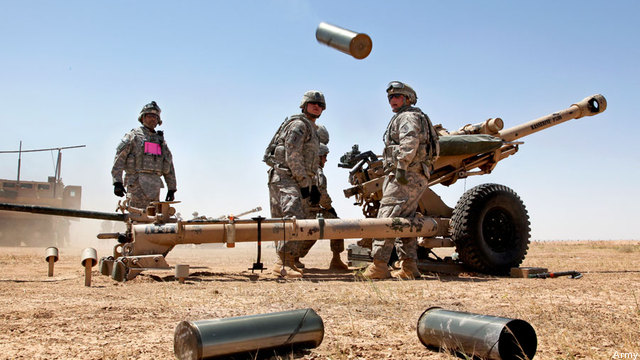
The Army announced new assignments for ten generals this afternoon, but two in particular stand out as signs of the times. They’re sending a battle-hardened artilleryman from the 82nd Airborne Division to the No. 2 job in South Korea and a veteran acquisition officer to Afghanistan.
Moving Maj. Gen. Harold Greene from the Army’s acquisition shop in the Pentagon, aka ASA(ALT), to the Combined Security Transition Command – Afghanistan (CSTC-A) — the US half of the training effort there — shows how the US role in Afghanistan has shifted from fighting to advising Afghan troops in the field to building institutions in Kabul. While Afghan soldiers often fight like devils, the Ministries of Defense and Interior need help setting up functional management systems for everything from supply to personnel to weapons purchases.
Greene will bring the Afghans decades of experience in all aspects of acquisitions, from overseeing the initial R&D to managing procurement to sustaining systems once acquired. Currently the military deputy to Heidi Shyu, assistant Secretary of the Army for acquisition, logistics, and technology, Greene previously served in the Army staff’s resourcing shop (staff section G-8), as deputy commander of the Research, Development, & Engineering Command (RDECOM), and as program executive officer for intelligence, electronic warfare, and sensor systems.
Dialing down the US presence in Afghanistan to a cadre of expert advisors like Greene frees up forces for the Pacific pivot. For all the focus on the rise of China, the ugliest problem in the Pacific remains the Korean DMZ, the infamous demilitarized zone that runs like a 60-year-old scar across the divided peninsula, which the Army announced yesterday it was reinforcing with another 800 troops.
The North’s young and untested tyrant, Kim Jong-un, recently executed his powerful uncle — although reports he had him fed alive to over a hundred dogs are (almost) certainly false — and has threatened nuclear war against the United States. Kim’s missiles actually cannot reach US soil, yet, and in fact the North is probably still trying to make a nuclear warhead small enough for a missile to lift. But North Korea has a massive conventional military, including thousands of artillery and missile emplacements in easy range of the densely populated South Korean capitol of Seoul. While tanks may dominate in the desert and foot soldiers in the jungle, Korea’s rugged mountains make it an artilleryman’s war.
That’s where Maj. Gen. Brian McKiernan comes in. A career field artillery officer from his first days in the Army, McKiernan has moved swiftly from one high-profile position to another. He became commandant of the Field Artillery School in Fort Sill, Okla., two years ago in January 2012, then left just 15 months later, this April, to become deputy commanding general of the famous 82nd Airborne Division at Fort Bragg, center of the Army’s airborne rapid-deployment force. Before he had time to settle in at Bragg, however, McKiernan got this latest assignment to be deputy commanding general for operations for 8th Army, the ground forces command for US forces in Korea.
Senate passes $95 billion foreign aid bill, as DoD eyes next Ukraine weapons package
Additional aid for Ukraine could be made available “within days” said Pentagon Press Secretary Maj. Gen. Pat Ryder earlier today.


























